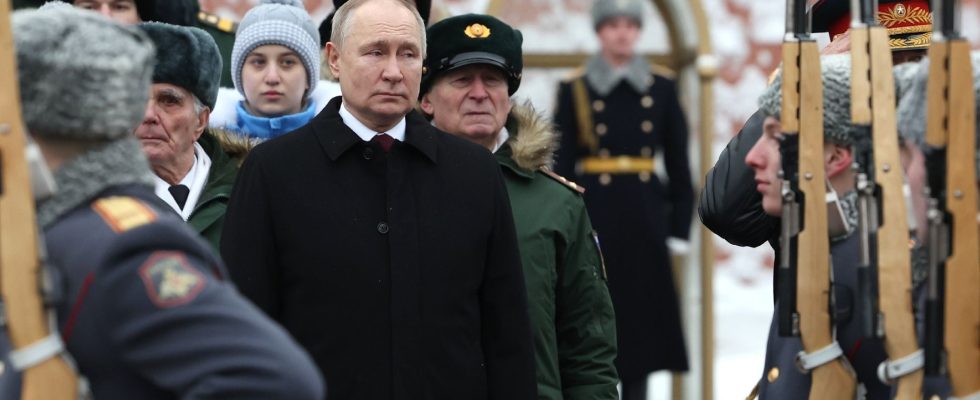With 5,889 warheads, Russia is the power with the largest nuclear arsenal in the world. The latest report from the Federation of American Scientists (FAS), which is an authority on the subject, estimates that the United States, in second place, has, for its part, 5,244 nuclear warheads – 290 for France. The possession of these arsenals is accompanied by doctrines and speeches which establish a general framework for each State equipped with atomic fire and maintain a “strategic ambiguity”.
There are, however, fine limits that must not be crossed, which the nuclear powers keep secret so that their adversaries do not know precisely how far they can go before the threshold of use is crossed. Some of these criteria, concerning Russia, have however just been revealed by the Financial Times, who claims to have had access to classified documents established between 2008 and 2014, provided by “Western sources”.
These are not secret doctrines, but “war game scenarios” and “presentations for naval officers” regarding the use of so-called “tactical” nuclear weapons – these weapons, of less range and less power than strategic weapons, are potentially usable between two equal powers. We thus learn, unsurprisingly, that an “enemy incursion into Russian territory” is a reason for triggering a nuclear fire, as is a “critical situation for the Russian state” such as an “inability to put an end to to major enemy aggression.
The documents also reveal a much more specific criterion: “The destruction of 20 percent of Russia’s strategic missile submarines, 30 percent of its nuclear-powered attack submarines, three or more cruisers, three airfields; or a simultaneous strike on the main and reserve coastal command centers”, specifies the Financial Times. “This shows that the Russian forces do have a numerical dimension in mind, with a certain amount of possible damage, for them, before the use of nuclear power,” notes Héloïse Fayet, researcher on deterrence issues at the Center for Security Studies. from the French Institute of International Relations (Ifri).
THE Financial Times reports various reasons for using so-called “tactical” nuclear weapons (Russia is said to possess between 1,000 and 2,000 of these warheads): “Preventing States from resorting to aggression […] or intensify military conflicts; […] end the aggression; […] prevent Russian forces from losing battles or territories; […] make the Russian navy ‘more efficient’.”
The trigger thresholds therefore appear relatively low, even if these are training scenarios. “It is not certain that they will be followed, but this is a stronger prospect of employment on the battlefield than we thought until now, specifies Héloïse Fayet. But without call into question known elements of Russian doctrine or increase the risk of employment in Ukraine.”
When Moscow anticipated the potential Chinese threat
The article specifies that part of these training scenarios, which date back around ten years, concern China, Russia’s main neighbor to the east of its immense territory. At the time, Moscow therefore anticipated the potential threat that Beijing could represent in the long term. Since then, the two countries have become closer and display their closeness on the international scene, in the context of the war in Ukraine, but it cannot be excluded that such scenarios are still valid.
However, there is no mention of scenarios that would concern Westerners. “The real question is not whether these [documents] showing Russian nuclear scenarios are a surprise for the public, reacted in a tweet Hans Kristensen, an official of the FAS. But if they surprise the intelligence community.” It is unclear whether the answer will be disclosed.
.
